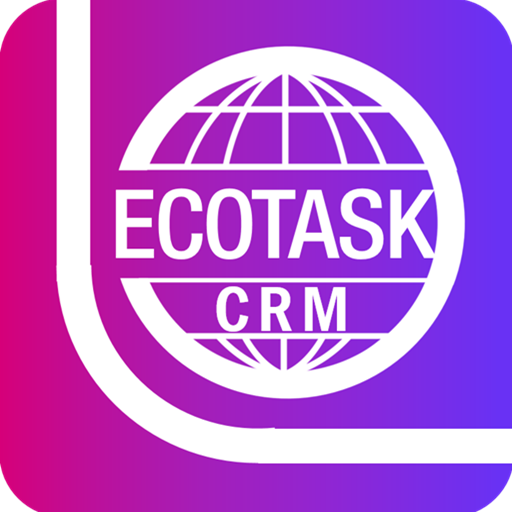SmartAsset and Yahoo Finance LLC may earn commission or revenue through links in the content below.
Retirees with significant assets often have to plan around required minimum distributions (RMDs).
If you already have sufficient income and don’t need the money in a pre-tax portfolio, annual RMDs can cost you significantly in otherwise-unnecessary taxes. For example, say that you have $1 million in a 401(k). The IRS could require you to withdraw tens of thousands of dollars from this account each year, taxing all of it. For households that don’t need that money yet, this can lead to a unnecessarily high tax bill.
A financial advisor can help you plan for RMDs and make other important decisions surrounding retirement. Find a fiduciary advisor today.
Moving your money into a Roth IRA can help you save on those taxes in retirement, since this money has already been taxed and isn’t subject to RMDs. However, making that transfer will raise your taxes considerably up front, so it’s important to make sure this won’t actually cost you more money in the long run.
What Are RMDs?
Required minimum distributions or RMDs are a feature of pre-tax retirement accounts such as 401(k)s and traditional IRAs.
Starting at age 73, individuals who hold a pre-tax retirement account must begin withdrawing a minimum amount each year. This rule applies on a per-account basis. For example, if an individual owns both a 401(k) and an IRA they would need to take a minimum withdrawal from both accounts every year. Each year’s RMD amount depends on the value of the individual account and the holder’s age.
RMDs are designed to trigger a tax event. As with all withdrawals from a pre-tax portfolio, RMDs are taxed as ordinary income. The IRS wants individuals to eventually pay taxes on the income saved up in these portfolios, so it requires you to make at least some withdrawals in retirement. For this reason, RMDs do not apply to Roth IRA and Roth 401(k)s.
RMDs can significantly increase a household’s taxes. For example, say that you are 80 years old with a $500,000 IRA that you don’t currently need to support your lifestyle and spending. The IRS will nevertheless require you to withdraw $24,752 from this account, all of which will count toward your taxable income for the year. Not only will you owe taxes on this money, but you will have to choose between selling the assets (and sacrificing future growth) or raising the tax money from another source. Keep in mind that a financial advisor can help you calculate how RMDs will impact your tax situation and how best to handle them.












